NYHS girls feel less sadness than the national average
But they experience other pressures, a survey finds.
According to a report by the Centers for Disease Control and Prevention from February, 57 percent of American teenage girls feel persistently sad or hopeless. Many news outlets have published articles on this topic and the findings have schools, parents and mental health professionals concerned.
Do girls at NYHS experience the same issues? Data from an anonymous survey of NYHS girls showed that NYHS girls have a significantly lower rate of feelings of sadness and hopelessness, at just 18 percent. “We know that girls in particular are very aware of what’s going on in the world, whether it be social, or political, climate, things like that,” said Johanna Jacobs, NYHS’s school counselor. “They know that these things are their future.” Jacobs has 20 years of experience working as a psychologist at public schools and she says that because NYHS is such a small community, she can help students more and have more one-on-one time. She feels that the small community can benefit everyone. “Because our students grow up together, live together, pray together, there is a lot more ability to celebrate those milestones,” she said.
At NYHS, the biggest form of stress comes from academics. School and college pressure is the leading category, 72 percent of the NYHS girls surveyed said, followed by school environment at 54 percent. School environment refers to the culture that both the teachers and students create every day at school. “I feel like a car with no fuel,” junior Yasmin Jassen said. “When I do something to the best of my abilities and I’m not in control of the outcome, it stresses me out.” The students feel school work has a big effect on their mental health. “My mental health is very bad because of school,” said freshman Keira Birk. “I go home and cry sometimes.”
Jacobs feels the NYHS girls deal with similar issues to girls around the country. However, Jacobs has seen fewer girls reporting pressure from social media. Studies have found a link between social media and the mental health challenges young girls are facing. In a New York Times article about the CDC study, Dr. Victor Fornari, the vice chair of child and adolescent psychiatry for Northwell Health, said there is “no question” about an association between the use of social media and the dramatic increase in suicidal behavior and depression. “Kids are now vulnerable to cyberbullying and critical comments, like ‘I hate you’, ‘Nobody likes you,’” he said. “It’s like harpoons to their heart every time.”
However, the survey of NYHS girls found zero percent reporting social media as the cause of these mental health challenges. However, the survey found around 36 percent of girls feel pressure due to beauty standards and appearance. “We try to always look nice and try really really hard to not get dressed-coded, and that can cause anxiety about always wondering if something is long enough,” said sophomore Ariana Balkany. The dress code at NYHS for females is skirts to the knee and short sleeves or long sleeves, according to the Modern Orthodox Jewish values of modesty. Jacobs said she “tries to see all the ways women are powerful and important that are outside of the norms of what society tells us.”
Jacobs talked about how the sexualization of women by men at other schools, and she said students had not come to her with these issues at NYHS. This is in line with the NYHS survey, which found only one person experienced sexual pressure.
It’s possible some of these issues could also be less prevalent because of the religious Jewish community NYHS is a part of. Jacobs touched on the idea that sexual harassment could be something the girls deal with less at NYHS than at other schools because NYHS has the value of shomer negiah (not touching the opposite sex). Religion in schools can also be something that improves mental health as stated in “COVID-19 Stress, Religious Affiliation, and Mental Health Outcomes Among Adolescents” by National Library of Medicine. “Religious affiliation was related to significantly lower rates of teen mental health challenges as measured by suicidal thoughts, suicide attempts, and depression,” that study found.
Jacobs sees her job at NYHS as an opportunity to work more closely and personally with each individual student. She believes because it’s a smaller school, she is able to help at a faster rate than she would be able to at a public school. “It’s different here because we have such a small community I can really connect with each student individually and on a personal level,” Jacobs said. “Because of that, I can intervene quicker.”

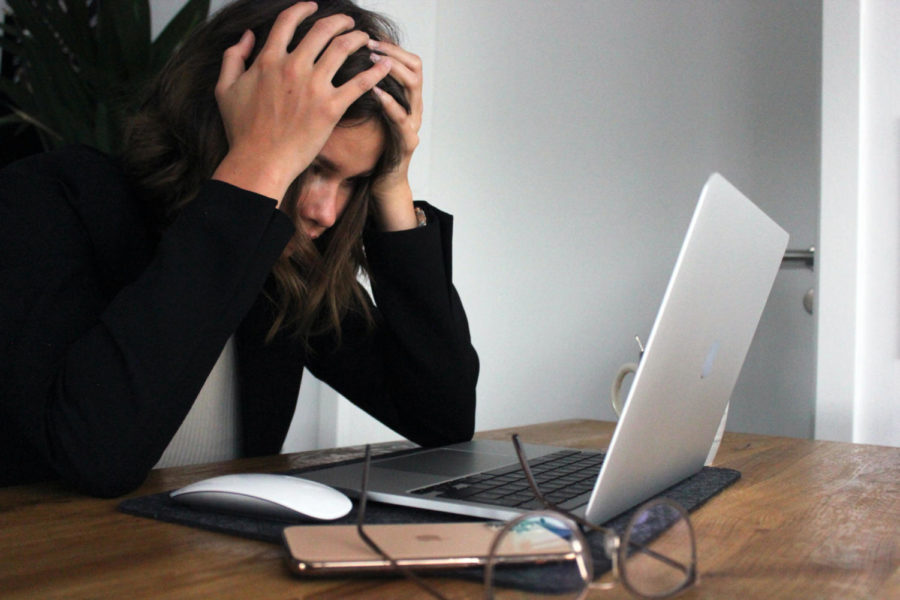
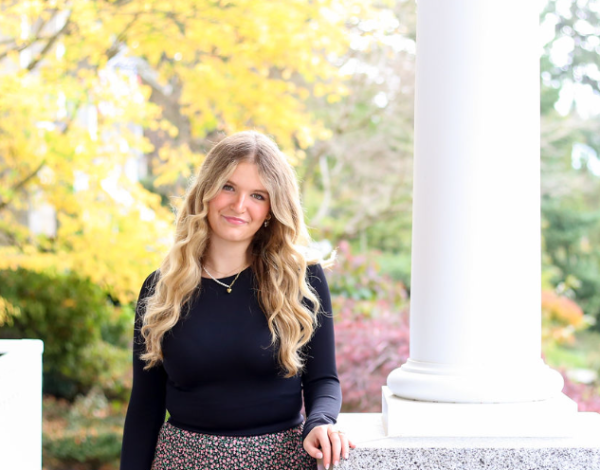
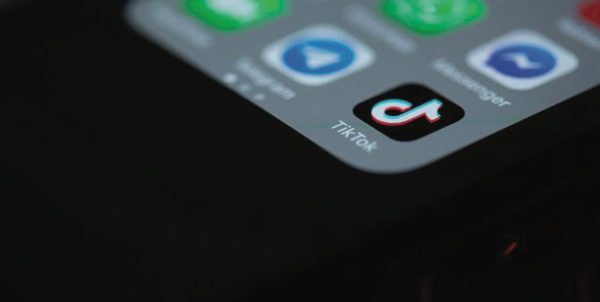

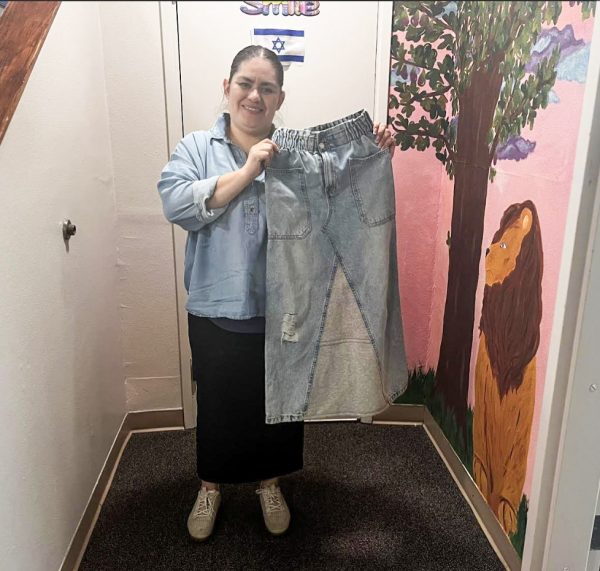
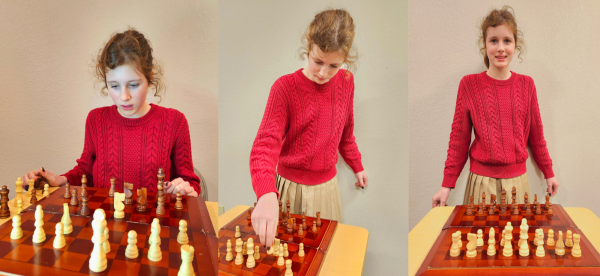

Galit Berezansky • Jul 5, 2023 at 5:41 pm
Great job with this article!!